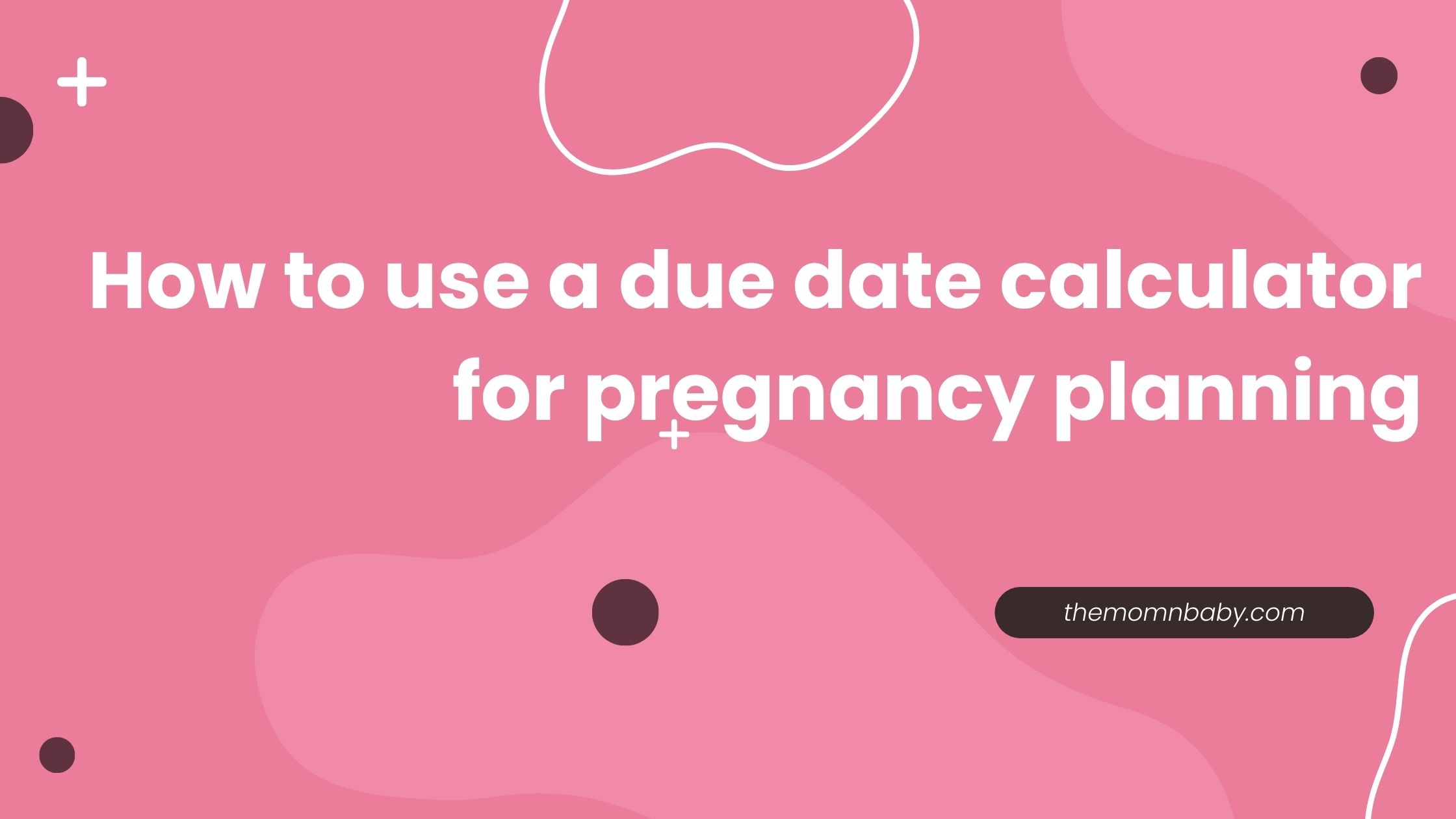Intrauterine Growth Restriction, commonly known as IUGR, is a condition that affects the proper growth and development of a fetus during pregnancy.
Imagine a baby growing in a mommy’s tummy, but sometimes, it doesn’t grow as much as it should. That’s IUGR. It can happen because of things like the baby not getting enough nutrients or the placenta not working perfectly.
Now, imagine you’re the mommy, and the doctor wants to make sure everything’s okay. They use tools like ultrasounds to check the baby’s size and blood flow. If they find any concerns, there are ways to manage it, like more check-ups or, in rare cases, delivering the baby early.
The goal is to keep both the mommy and the baby safe and healthy during this special time. It’s like having a plan to make sure everything goes smoothly on this amazing journey to welcome a new little one.
This article aims to provide a detailed understanding of IUGR, its causes, symptoms, diagnosis, potential complications, and available management strategies.
What is Understanding Intrauterine Growth Restriction (IUGR)?
Certainly! Imagine the journey of a baby growing inside its mommy’s belly. In some cases, this journey hits a little bump known as Intrauterine Growth Restriction, or IUGR. It means that the baby isn’t growing as much as everyone expected during this special time.
It’s like having a roadmap for how big the baby should be at certain points, but sometimes, they end up a bit smaller than the map predicts. This can happen for various reasons, like not getting enough nutrients or not receiving the usual support from the placenta.
So, Understanding Intrauterine Growth Restriction (IUGR) is like a tag saying, “Hey, this little one might be smaller than usual for this stage of the adventure.” It’s essential for doctors to keep an eye on it to ensure the baby and the mommy stay healthy throughout this exciting journey to welcome a new family member.
This condition may result in the baby being smaller than expected for its gestational age.
Causes of Understanding Intrauterine Growth Restriction (IUGR)
Several factors can contribute to the development of IUGR, including:
- Placental Insufficiency can lead to inadequate blood flow and nutrient supply to the fetus.
- Maternal Conditions like hypertension, diabetes, or kidney disease may contribute to IUGR.
- Genetic Factors, such as certain genetic conditions, can affect fetal growth.
- Multiple Pregnancies, especially when twins or multiples share the same placenta, may result in limited resources.
- Infections during pregnancy, like cytomegalovirus or rubella, can contribute to IUGR.
- Substance Abuse, including maternal smoking, drug use, or alcohol consumption during pregnancy, can impact fetal growth.
- Poor Maternal Nutrition, with inadequate intake of essential nutrients during pregnancy, is linked to IUGR.
Read More : I have hypertension. What do I need to know before I get pregnant?
Symptoms of Intrauterine Growth Restriction (IUGR):
Detecting IUGR can be challenging, and it often requires medical evaluation. Common symptoms and signs include:
- Small Fundal Height: The measurement of the uterus is smaller than expected for the gestational age.
- Decreased Fetal Movement: Reduced fetal activity may be an indicator.
- Low Weight Gain in Mother: Inadequate weight gain in the mother during pregnancy.
- Abnormal Doppler Flow: Ultrasound examinations may reveal abnormal blood flow in the umbilical artery.
Diagnosis of Intrauterine Growth Restriction (IUGR)
Diagnosing IUGR involves a combination of clinical assessments and diagnostic tests:
- Ultrasound: Regular ultrasounds to measure fetal size and monitor growth.
- Doppler Flow Studies: Assessing blood flow in the umbilical artery.
- Fundal Height Measurement: Monitoring the size of the uterus during routine prenatal visits.
- Biophysical Profile (BPP): Combining ultrasound and non-stress tests to assess fetal well-being.
Complications of Intrauterine Growth Restriction (IUGR)
IUGR complications for both the baby and the mother:
- Fetal Distress: Increased risk of distress during labor and delivery.
- Preterm Birth: IUGR may prompt early delivery, increasing the risk of prematurity.
- Low Birth Weight: Babies with IUGR often have lower birth weights.
- Neonatal Intensive Care: Increased likelihood of requiring intensive care after birth.
- Developmental Delays: Potential for developmental issues in the child.
read more : Understanding The Factors: 11 Risks Associated With Preterm Delivery
Management and Treatment:
The approach to managing IUGR depends on the underlying cause and the severity of the condition:
- Increased Monitoring: Regular ultrasounds and Doppler studies to monitor fetal well-being.
- Bed Rest: In some cases, bed rest may be recommended to reduce strain on the fetus.
- Induction of Labor: If the risk to the baby outweighs the risk of prematurity, labor may be induced.
- Intravenous (IV) Fluids: To ensure proper hydration and nutrition for the mother.
- Fetal Movement Counting: Monitoring fetal movements to assess well-being.
- Cesarean Section: In severe cases, a cesarean section may be recommended for delivery.
Prevention of Intrauterine Growth Restriction (IUGR)
While not all cases of IUGR can be prevented, some measures can contribute to a healthy pregnancy:
- Early and Regular Prenatal Care: Early detection and management of risk factors.
- Healthy Lifestyle: Maintaining a balanced diet, avoiding substances harmful to pregnancy, and managing existing health conditions.
- Proper Monitoring: Regular monitoring of fetal growth and maternal health during pregnancy.
Intrauterine Growth Restriction is a complex condition that requires careful monitoring and management. Early detection, appropriate medical interventions, and a comprehensive approach to prenatal care can significantly improve outcomes for both the mother and the baby. Pregnant individuals are encouraged to work closely with healthcare providers to ensure the best possible outcome for a healthy and successful pregnancy.
FAQ Intrauterine Growth Restriction (IUGR)
1. What is Intrauterine Growth Restriction (IUGR)?
– IUGR, or Intrauterine Growth Restriction, refers to a condition where a fetus does not grow at the expected rate during pregnancy, resulting in a smaller size than normal for its gestational age.
2. What Causes IUGR?
– Several factors can contribute, including placental issues, maternal health conditions (such as hypertension or diabetes), genetic factors, infections, multiple pregnancies, substance abuse, and poor maternal nutrition.
3. How is IUGR Diagnosed?
– Diagnosis involves regular monitoring through ultrasounds, Doppler flow studies, fundal height measurements, and, in some cases, a biophysical profile (BPP) combining ultrasound and non-stress tests.
4. What Are the Symptoms of IUGR?
– Symptoms include small fundal height, decreased fetal movement, low weight gain in the mother, and abnormal Doppler flow in the umbilical artery.
5. What Are the Risks and Complications Associated with IUGR?
– Complications include fetal distress during labor, preterm birth, low birth weight, neonatal intensive care requirements, and potential developmental delays in the child.
6. How is IUGR Managed and Treated?
– Management varies based on the underlying cause and severity and may involve increased monitoring, bed rest, induction of labor, IV fluids, fetal movement counting, and, in severe cases, a cesarean section.
7. Can IUGR be Prevented?
– While not all cases can be prevented, early and regular prenatal care, maintaining a healthy lifestyle, proper monitoring of fetal growth, and managing existing health conditions can contribute to a healthy pregnancy and reduce the risk of IUGR.





